248 should be a potent number,
beginning with the number of hours in a day and ending with 8 as
in 8 * 45 = 360 (= 24 * 15).
Also: 248 + 118 (= 4 * 29½) = 366
(→ 350 + 16) and 248 + 16 = 264 = 364 (→ 300 + 64) - 100, where
16 could indicate the distance between the true heliacal rising of a star
and the night when it will return to visibility and where 64 (=
8 * 8 → 10 * 10) could have referred
to the precessional distance down to the time of the Golden
Bull.
|
NOV 19
(*243, 323) |
20 (*244,
324) |
|
21 (*245,
325) |
22 (326→
304 + 22) |
23 |
NOV 24
(*248, 328) |
|
 |
 |
 |
 |
 |
 |
|
Gb1-14 (243) |
Gb1-15
(244) |
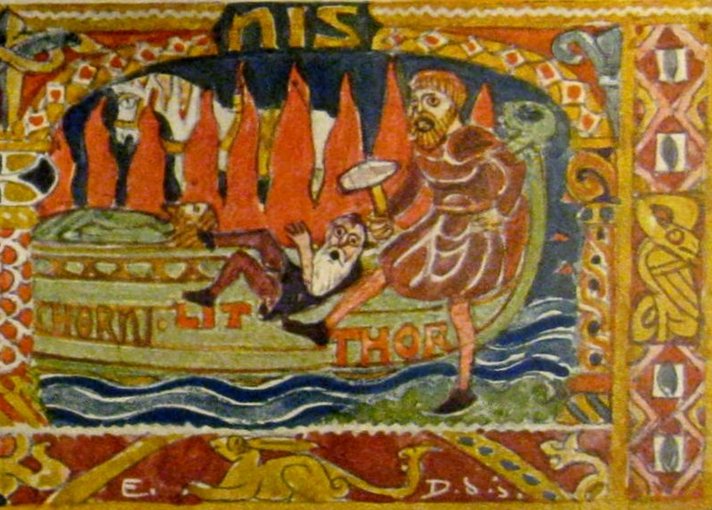 |
Gb1-19 (248) |
|
Jan 22
(*307, 387) |
→ 123 |
Jan 27 (*312,
392) |
|
AL TARF (*124)
RAS ALGETHI (α Herculis)
|
BRIGHT FIRE
→
*84.0 + *41.4 = *125.4 |
SERPENT (*129)
RAS ALHAGUE (α Ophiuchi)
|
|
AL TARF (*124)
RAS ALGETHI (α Herculis)
|
BRIGHT FIRE
→
*84.0 + *41.4 = *125.4 |
SERPENT (*129)
RAS ALHAGUE (α Ophiuchi)
|
 |
 |
 |
 |
 |
 |
|
Ga3-1 (60
= 140 - 80) |
→ 123 + 61
= 184 |
MINTAKA (δ Orionis) |
ALNILAM (ε
Orionis) |
ALNILAK (ζ
Orionis) |
Ga3-6 (65 =
129 - 64) |
|
MAY 20 (323 -
183 = 140) |
MAY 21
(100 + 41) |
ARNEB (α
Leporis) |
HEKA (λ Orionis) |
PHAKT (α
Columbae) |
MAY 25 (*65 = *248 - *183) |
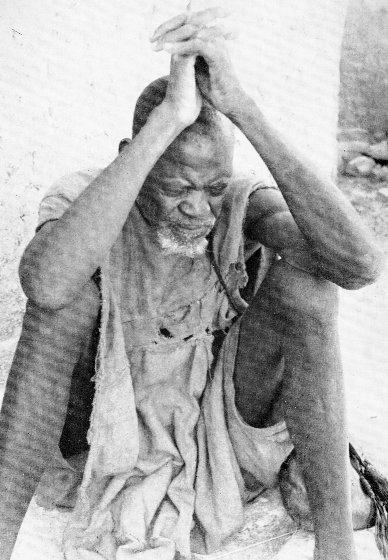
 |
 |
 |
 |
 |
|
Gb2-6 (9 * 29) |
Gb2-7 →
27 |
Gb2-8 |
Gb2-9 (35, 248 +
16) |
Gb2-10 (36, 265) |
|
PLACE OF THE SUN |
BUNDA (Foundation)
/ KAKKAB
NAMMAΧ (Star of Mighty Destiny)
... β and ξ also
constituted the Persian lunar station Bunda
and the similar Coptic Upuineuti, the
Foundation; but β alone marked the sieu Heu,
Hiu, or Hü, Void, anciently Ko,
the central one of the seven sieu which, taken
together, were known as Heung Wu, the
Black Warrior, in the northern quarter of the
sky. It is found in Hindu lists as Kalpeny,
of unknown signification. On the Euphrates it
was Kakkab Nammaχ, the Star of Mighty
Destiny, that may have given origin to the title
of the manzil [Al Sa'd al Su'ud], as well
as to the astrologers' name for it - Fortuna
Fortunarum. Al Firuzabadi of Khorasan,
editor of Al Kāmūs, the great Arabic
dictionary of the 14th century, called some of
the smaller stars below this Al Au'ā, the
plural of Nau', a Star, but without
explanation, and they certainly are
inconspicious ...
|
|
Al Sa'd al Su'ud-22 (Luckiest of the Lucky)
/
Emptiness-11 (Rat)
TSIN = 36 Capricorni
(325.2),
ALPHIRK (The Flock) =
β
Cephei
(325.7),
SADALSUD =
β
Aquarii,
ξ
Gruis (325.9)
March
14 AD 2024 (Π) MARS |
No star listed (326) |
CASTRA =
ε
Capricorni
(327.2),
BUNDA (Foundation) =
ξ
Aquarii
(327.5)
SIRIUS (α Canis Majoris
Febr 14
AD 1902 (45)
VENUS (*327.7) |
Mahar sha hi-na
Shahū-26 (Western One in the Tail of the Goat)
NASHIRA
(Fortunate One) =
γ
Capricorni
(328.0),
ν
Oct. (328.3),
AZELFAFAGE (Tail of the Hen) =
π¹
Cygni,
κ
Capricorni (328.7) |
Arkat sha hi-na
Shahū-27 (Eastern One in the Tail of the Goat)
ENIF (The Nose) =
ε
Pegasi, ERAKIS =
μ
Cephei
(329.2),
46 CAPRICORNI, JIH (the Sun) =
κ
Pegasi
(329.3),
ι Piscis Austrini (329.4),
λ
Capricorni
(329.6),
ν
Cephei (329.7),
DENEB
ALGIEDI
=
δ
Capricorni
(329.8)
*288.0 = *329.4 - *41.4 |
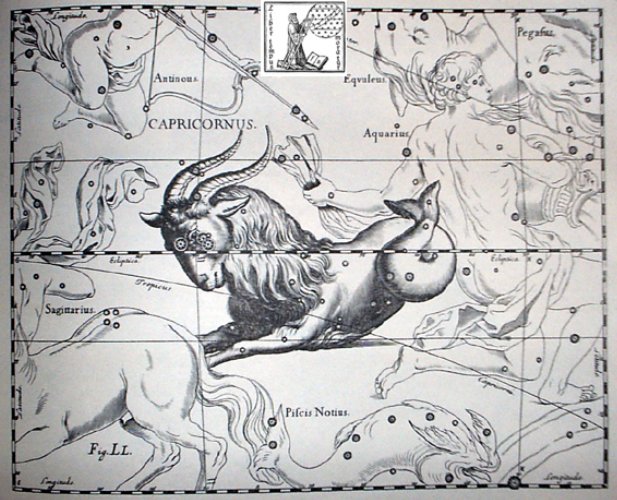
 |
|
Febr 9 (40) |
10 |
11 |
12 (408) |
13 (345 + 64) |
|
°Febr 5 (36) |
6 |
7 |
8 (*324) |
9 (40) |
|
'Jan 13 (378) |
14 |
15 (*300) |
16 |
17 |
|
"Dec 30 (364) |
31 |
"Jan 1 |
2 |
3
(368, *288) |
|
DEC 7 (11 * 31 =
341) |
8 |
9 |
10 |
11 (345) |
|
THE NAKSHATRA
VIEW: |
|
Al Tarf-7 (The End)
ψ
Velorum (143.3),
ALTERF =
λ
Leonis,
τ²
Hydrae (143.4),
ξ
Leonis (143.5)
*102.0 = *143.4 - *41.4 |
A
Hydrae
(144.1)
WEGA (α Lyrae) |
Creation of our present world
UKDAH (Knot) =
ι
Hydrae (145.4),
κ
Hydrae (145.5),
SUBRA =
ο
Leonis
(145.8)
ALPHEKKA MERIDIANA
*104.0 = *145.4 - *41.4 |
5 Imix 9 Kumk'u
Rishu A.-13 (Head of
the Lion)
ψ
Leonis (146.4),
RAS
ELASET AUSTRALIS = ε Leonis
(146.6)
*105.0 = *146.4 - *41.4 |
VATHORZ PRIOR = υ Carinae
(147.9) |
|
UKDAH (THE KNOT)
... σ,
4.6, was Ulug Beg's
Al Minhar al
Shujā', the Snake's Nose. τ¹,
4.9, flushed white, and τ²,
4.6, lilac, with ι and the
5th magnitude A, form the curve in the neck,
Ptolemy's Καμπή; but
Kazwini knew them as Ukdah, the Knot ... |
|
Aug 11 |
12 |
13 (225) |
14 |
15 (227) |
|
"July 1 |
2 |
3 (*104) |
4 |
5 |
|
JUNE 8 |
9 |
10 (161) |
11 |
12 |
 |
 |
 |
 |
 |
|
Ga3-20 → Dramasa |
Ga3-21 |
Ga3-22 |
Ga3-23 |
Ga3-24 |
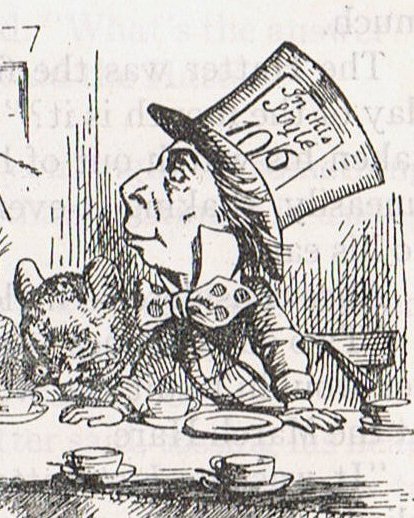
... Midsummer is the flowering
season of the oak, which is the tree of endurance
and triumph, and like the ash is said to 'court the
lightning flash'. Its roots are believed to extend
as deep underground as its branches rise in the air
- Virgil mentions this - which makes it emblematic
of a god whose law runs both in Heaven and in the
Underworld ... The month, which takes its name from
Juppiter the oak-god, begins on June 10th and
ends of July 7th. Midway comes St. John's Day, June
24th, the day on which the oak-king was
sacrificially burned alive. The Celtic year was
divided into two halves with the second half
beginning in July, apparently after a seven-day
wake, or funeral feast, in the oak-king's honour ...
 |
Magic means a connection between entities with no visual
explanation. The other day I happened to notice (on TV) how a scientific
experiment had shown how chimpanzees reacted to music played
in another room.
Some of them moved about vigorously in tune with the
rhythms (i.e. danced), while others only changed their positions back and
forth (→ the nakshatra system)
as when rongorongo texts were chanted in
the 4th quarter of the Moon.
But all of them reacted in harmony with what they heard.
Tari. 1. To take from
one place to another; he-tari-mai, to bring. 2. Upper end
of the sugarcane, which was used in military training as a
harmless weapon. Tariga, ear; tariga pogeha, tariga
pó, sordo; tariga maîka, bunch of bananas. Vanaga. 1.
To pluck, to gather, to reap, to load; kai taria te kai,
abundance. 2. To lead, to carry; hakatari, to conduct, to
guide, to direct, to escort, to carry, to bring, to pay;
hakatari miro, pilot; hakatariga, payment. Tariga,
ear, earring; tariga hakarogo, faithful, observant,
submissive; tariga kikiu, din, buzzing; tariga meitaki,
to have good hearing; tariga pogeha, deaf, to disobey;
tariga puru, disobedient; tariga purua, stubborn;
tarigariga, chain. Tarirapa, to gather. Churchill.
I suggest the foundation of magic was sound. Which implies the
voice of Man will carry influence not only over other men but
also over the Gods and all their other Created Beings.

|
APRIL 12 |
13 (468) |
14 (104) |
15 (*390) |
16 (*26) |
 |
 |
 |
 |
 |
|
Ga1-22 |
Ga1-23 |
Ga1-24 |
Ga1-25 |
Ga1-26 |
 |
 |
 |
 |
 |
|
Gb6-5 (229 +
158) |
Gb6-6 (388) |
Gb6-7 |
Gb6-8 (161
→
φ) |
Gb6-9 (391) |
|
PLACE OF THE SUN: |
|
μ
Columbae (86.1),
SAIPH
(Sword) = κ Orionis (86.5),
τ
Aurigae,
ζ
Leporis (86.6) |
υ
Aurigae (87.1),
ν
Aurigae (87.2),
WEZN (Weight) =
β
Columbae,
δ
Leporis (87.7),
TZE (Son) =
λ
Columbae
(87.9) |
Ardra-6 (The Moist One)
/
ANA-VARU-8 (Pillar to sit by)
χ¹
Orionis,
ξ
Aurigae (88.1),
BETELGEUZE = α Orionis
(88.3),
ξ Columbae (88.5),
σ
Columbae (88.7)
ZUBEN ELGENUBI (α Librae)
|
η
Leporis (89.0),
PRAJA-PĀTI (Lord of Created Beings) =
δ
Aurigae,
MENKALINAN (Shoulder of the Rein-holder) =
β
Aurigae, MAHASHIM (Wrist) =
θ
Aurigae,
and
γ
Columbae (89.3),
π
Aurigae (89.4),
η
Columbae (89.7)
*48.0 = *89.4 - *41.4 |
μ Orionis (90.3),
χ² Orionis (90.5) |
|
June 15 |
16 |
17 (168 → 2 *
84) |
18 |
19 (*90) |
|
°June 11 |
12 |
13 (*84) |
14 (165) |
15 |
|
'May 19 |
20 |
21 (*61) |
22 (142) |
23 |
|
"May 5 |
6 |
7 (127) |
8 |
9 (*49) |
|
THE NAKSHATRA
VIEW: |
|
OCT 11 |
12 |
13 |
14 |
15 (288) |
|
KELB ALRAI (Dog of the Shepherd) =
β
Ophiuchi,
μ
Arae (268.1),
KEW HO (Nine Rivers) =
μ
Herculis
(268.6),
η
Pavonis (268.7),
APOLLYON =
ι
Scorpii
(268.9) |
MULIPHEN (Oaths) = γ Ophiuchi (269.0), BASANISMUS =
G Scorpii
(269.5),
PHERKARD (Dim One of the Two Calves) =
δ
Ursae Minoris
(269.9) |
PTOLEMY CLUSTER = M7 Scorpii
(270.5),
GRUMIUM (Lower Jaw) = ξ Draconis
(270.9) |
RUKBALGETHI GENUBI (Bending Claw) = θ Herculis
(271.1),
ξ Herculis (271.5),
ETAMIN (Head) =
γ
Draconis,
ν
Herculis (271.7),
ν
Ophiuchi (271.8) |
CAT'S EYE = NGC6543 Draconis
(272.2),
ζ Serpentis (272.4),
τ
Ophiuchi (272.9) |
 |
|
Dec 14 (*268) |
15 |
16 (350) |
17 |
18 |
|
°Dec 10
(*264) |
11 |
12 |
13 |
14 (348 → 208
+ 140) |
|
'Nov 17
(*241) |
18 |
19 |
20 |
21 (325) |
|
"Nov 3 (*227) |
4 |
5 |
6 (310) |
7 |
 |
 |
 |
 |
 |
|
Ga8-1 (204) |
Ga8-2 |
Ga8-3 |
Ga8-4 |
Ga8-5 (208) |
In other words, it is not the language in the form of dry
encoded writings as much as the quality of the living Word heard
which causes the herd to move.
The foremost instrument of the Schaman (magician) was
the Drum because it had effect
all around, even up to the ruling gods above.
... It was 4 August 1968, and it was the
feast day of Saint Dominic, patron of Santo Domingo Pueblo,
southwest of Santa Fe. At one end of the hot, dusty plaza, a
Dominican priest watched nervously as several hundred
dancers arranged in two long rows pounded the earth with
their
moccasined feet as a mighty, collective prayer for rain,
accompanied by the powerful baritone singing of a chorus and
the beat of drums. As my family and I viewed this, the
largest and in some ways the most impressive Native American
public ceremony, a tiny cloud over the Jémez Mountains to
the northwest got larger and larger, eventually filling up
the sky; at last the storm broke, and the sky was
crisscrossed by lightning and the pueblo resounded with
peals of rolling thunder ...
... The
most important of all drums,
he said, was the
armpit
drum. The Nummo made it. It
consists of two
hemispherical wooden cups
connected through their
centres by a slender
cylinder. It is like an
hour-glass with a very long
narrow neck. With this
instrument tucked between
his left arm and armpit, the
drummer, by pressing on the
hollow structure of thin
wood, can tighten or relax
the tension on the skins and
so modify the tone. 'The
Nummo made it. He made a
picture of it with his
fingers, as children do
today in games with string.'
Holding his hands apart, he
passed a thread ten times
round each of the four
fingers, but not the thumb.
He thus had forty loops on
each hand, making eighty
threads in all, which, he
pointed out, was also the
number of teeth of his jaws.
The palms of his hands
represented the skins of the
drum, and thus to play on
the drum was, symbolically,
to play on the hands of the
Nummo. But what do they
represent? Cupping his two
hands behind his ears,
Ogotemmêli explained that
the spirit had no external
ears but only auditory
holes. 'His hands serve for
ears,' he said; 'to enable
him to hear he always holds
them on each side of his
head. To tap the drum is to
tap the Nummo's palms, to
tap, that is, his
ears.' Holding before him
the web of threads which
represented a weft, the
Spirit with his tongue
interlaced them with a kind
of endless chain made of a
thin strip of copper. He
coiled this in a spiral of
eighty turns, and throughout
the process he spoke as he
had done when teaching the
art of weaving. But what he
said was new. It was
the third Word, which he
was revealing to men
...
 |
 |
 |
 |
 |
|
Ca9-16
(244) |
Ca9-17 |
Ca9-18 |
Ca9-19 |
Ca9-20 |
| E rima ki
te henua |
koia ku
honui |
erua maitaki |
ko koe ra |
|
Tangaroa Uri 10 |
11 |
12 (285) |
13 |
14 |
|
CLOSE
TO THE FULL MOON: |
|
*61 |
BEID
(Egg) |
HYADUM I |
HYADUM II |
AIN (Eye) |
|
... A
very detailed myth comes from the island of
Nauru. In the beginning there was
nothing but the sea, and above soared the
Old-Spider. One day the Old-Spider found a
giant clam, took it up, and tried to find if
this object had any opening, but could find
none. She tapped on it, and as it sounded
hollow, she decided it was empty. By
repeating a charm, she opened the two shells
and slipped inside. She could see nothing,
because the sun and the moon did not then
exist; and then, she could not stand up
because there was not enough room in the
shellfish. Constantly hunting about she at
last found a snail.
To endow
it with power she placed it under her arm,
lay down and slept for three days. Then she
let it free, and still hunting about she
found another snail bigger than the first
one, and treated it in the same way. Then
she said to the first snail: 'Can you open
this room a little, so that we can sit
down?' The snail said it could, and opened
the shell a little. Old-Spider then took the
snail, placed it in the west of the shell,
and made it into the moon. Then there was a
little light, which allowed Old-Spider to
see a big worm. At her request he opened the
shell a little wider, and from the body of
the worm flowed a salted sweat which
collected in the lower half-shell and became
the sea. Then he raised the upper half-shell
very high, and it became the sky. Rigi,
the worm, exhausted by this great effort,
then died. Old-Spider then made the sun from
the second snail, and placed it beside the
lower half-shell, which became the earth ... |
|
... Then
three lines are drawn east and west, one
across the northern section indicates the
northern limit of the Sun (corresponding
with the Tropic of Cancer) about the 15th
and 16th days of the month Kaulua
(i.e., the 21st or 22nd of June) and is
called ke alanui polohiwa a Kane, the
black-shining road of Kane. The line
across the southern section indicates the
southern limit of the Sun about the 15th or
16th days of the month Hilinama
(December 22) and is called ke alanui
polohiwa a Kanaloa, the black-shining
road of Kanaloa. The line exactly
around the middle of the sphere is called
ke alanui a ke ku'uku'u, the road of the
spider, and also ke alanui i ka Piko a
Wakea, the way to the navel of Wakea
(the Sky-father) ...
 |
... A straight line from Betelgeuze at
the right armpit of
Orion down to
Azmidiske
in Argo Navis (29 days after Betelgeuze) went through
Sirius at the nowadays short nose of Canis Major ...
.jpg)
|
NOV 25 (329 → Antares) |
26 (*250) |
27 (366 - 35) |
 |
 |
 |
|
Gb1-20 (249 →
Antares, *249) |
Gb1-21 (→ 121
→ Beltane) |
Gb1-22 |
|
PLACE OF THE
SUN: |
|
μ²,
μ¹
Oct. (313.2),
DENEB CYGNI (Tail of the Swan) = α Cygni
(313.5),
β
Pavonis (313.6),
δ
Delphini (313.8) |
Al Sa’d al Bula'-21 (Good Fortune of the
Swallower) /
Dhanishta-24 (Most Famous)
/
Girl-10 (Bat)
YUE (Battle-Axe)
=
Ψ
Capricorni
(314.3),
GIENAH CYGNI =
ε
Cygni,
η
Cephei (314.5),
γ
Delphini (314.6),
σ
Pavonis (314.7),
ALBALI =
ε
Aquarii
(314.8)
BETELGEUZE (α Orionis) |
BATEN ALGIEDI (Belly of the Goat) = ω Capricorni
(315.8) |

... ε,
3.4, was Al Bali, the brightest one of
the 21st manzil, Al Sa'd al Bula', the
Good Fortune of the Swallower, which included
μ and ν;
these last also known as Al Buläān in the
dual. Kazwini said
that this strange title came from the fact that
the two outside stars were more open than
α and β
of Capricorn, so that they seemed to swallow, or
absorb, the light of the other! ...
"The corresponding sieu, Mo, Mu, Niu, Nü,
or Woo Neu, a Woman, anciently written Nok, was
composed of these stars with the addition of
another, unidentified, ε being the determinant;
and the same three were the Euphratean lunar
asterism Munaχa, the Goat-fish, and the Coptic
Upeuritos, the Discoverer ..." (Allen) |
|
Jan 28 (393) |
29 (*314) |
30 |
|
°Jan 24 (389) |
25 (*310) |
26 |
|
'Jan 1 (366) |
2 |
3 (*288) |
|
"Dec 18 |
19
(*273) |
20 (354) |
|
... And then the bone spoke;
it was there in the fork of the tree: Why do you
want a mere bone, a round thing in the branches
of a tree? said the head of One Hunaphu when it
spoke to the maiden. You don't want it, she was
told. I do want it, said the maiden. Very well.
Stretch out your right hand here, so I can see
it, said the bone. Yes, said the maiden. She
stretched out her right hand, up there in front
of the bone. And then the bone spit out its
saliva, which landed squarely in the hand of the
maiden. And then she looked in her hand, she
inspected it right away, but the bone's saliva
wasn't in her hand. It is just a sign I have
given you, my saliva, my spittle. This, my head,
has nothing on it - just bone, nothing of meat.
It's just the same with the head of a great
lord: it's just the flesh that makes his face
look good. And when he dies, people get
frightened by his bones. After that, his son is
like his saliva, his spittle, in his being,
whether it be the son of a lord or the son of a
craftsman, an orator. The father does not
disappear, but goes on being fulfilled. Neither
dimmed nor destroyed is the face of a lord, a
warrior, craftsman, an orator. Rather, he will
leave his daughters and sons. So it is that I
have done likewise through you. Now go up there
on the face of the earth; you will not die. Keep
the word. So be it, said the head of One and
Seven Hunaphu - they were of one mind when they
did it ...
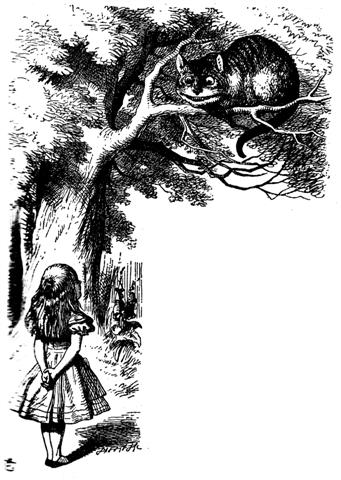 |
|
THE NAKSHATRA
VIEW: |
|
MAY 26
(146 → *130 + 16) |
27 (330 -
183 = 147) |
28 (148 → 80 + 68) |
|
Al Nathrah-6 (Gap)
BEEHIVE (Exhalation of Piled-up
Corpses) = M44, ε Cancri, η Pyxidis (130.4),
XESTUS = ο Velorum
(130.5), ζ Pyxidis (130.7),
ASCELLUS BOREALIS = γ Cancri,
β Pyxidis (130.9)
*89.0 = *130.4 - *41.4 |
Extended Net-26a (Ox)
/
Arkū-sha-nangaru-sha-shūtu-12 (Southeast Star in
the Crab)
η Hydrae (131.0),
ASCELLUS AUSTRALIS = δ Cancri (131.4),
KOO SHE =
Bow and
Arrow
=
δ
Velorum
(131.6),
α
Pyxidis (131.8),
ε
Hydrae (131.9)
*90.0 = *131.4 - *41.4 |
ι Cancri (132.0), ρ Hydrae (132.4)
*91.0 = *132.4 - *41.4 |
 |
 |
 |
|
Ga3-7 (66 → *130 - 64) |
Ga3-8 |
Ga3-9 |
|
July 29 (146 + 64 = 210) |
30 |
31 (395 -
183 = 212) |
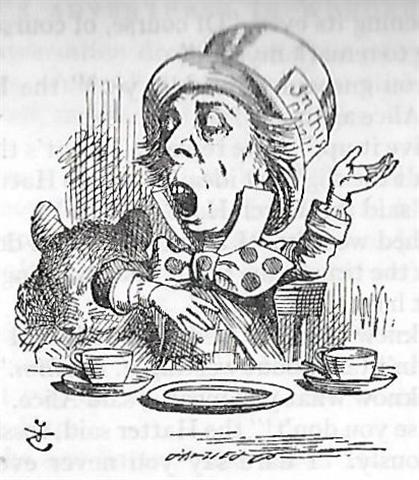
'Twinkle, twinkle, little bat!' // How
I wonder what you're at!'
Vero.
To throw, to
hurl (a lance, a
spear). This
word was also
used with the
particle kua
preposed:
koía kua vero i
te matá, he
is the one who
threw the
obsidian
[weapon].
Verovero, to
throw, to hurl
repeatedly,
quickly
(iterative of
vero).
Vanaga. 1.
Arrow, dart,
harpoon, lance,
spear, nail, to
lacerate, to
transpierce (veo).
P Mgv.: vero,
to dart, to
throw a lance,
the tail;
verovero,
ray, beam,
tentacle. Mq.:
veó,
dart, lance,
harpoon, tail,
horn. Ta.:
vero, dart,
lance. 2. To
turn over face
down. 3. Ta.:
verovero, to
twinkle like the
stars. Ha.:
welowelo,
the light of a
firebrand thrown
into the air. 4.
Mq.: veo,
tenth month of
the lunar year.
Ha.: welo,
a month (about
April).
Churchill. Sa.:
velo, to
cast a spear or
dart, to spear.
To.: velo,
to dart. Fu.:
velo,
velosi, to
lance. Uvea:
velo, to
cast; impulse,
incitement. Niuē:
velo,
to throw a spear
or dart. Ma.:
wero,
to stab, to
pierce, to
spear. Ta.:
vero,
to dart or throw
a spear. Mg.:
vero,
to pierce, to
lance. Mgv.:
vero,
to lance, to
throw a spear.
Mq.:
veo,
to lance, to throw a spear. Churchill 2. |
Also
248 → 24(0) + 8 (dark nights of Venus):
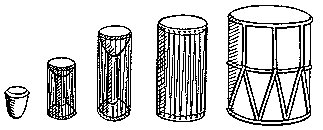 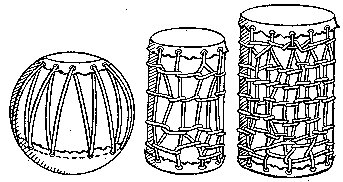
... The tun
glyph was identified
as a
wooden drum by
Brinton ... and
Marshal H. Saville
immediately accepted
it ... [the figure
below] shows the
Aztec drum
representation
relied on by Brinton
to demonstrate his
point. It was not
then known that an
ancestral Mayan word
for drum was *tun:
Yucatec
tunkul
'divine drum' (?);
Quiche tun
'hollow log drum';
Chorti tun
'hollow log drum'
...
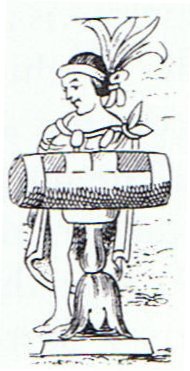
|
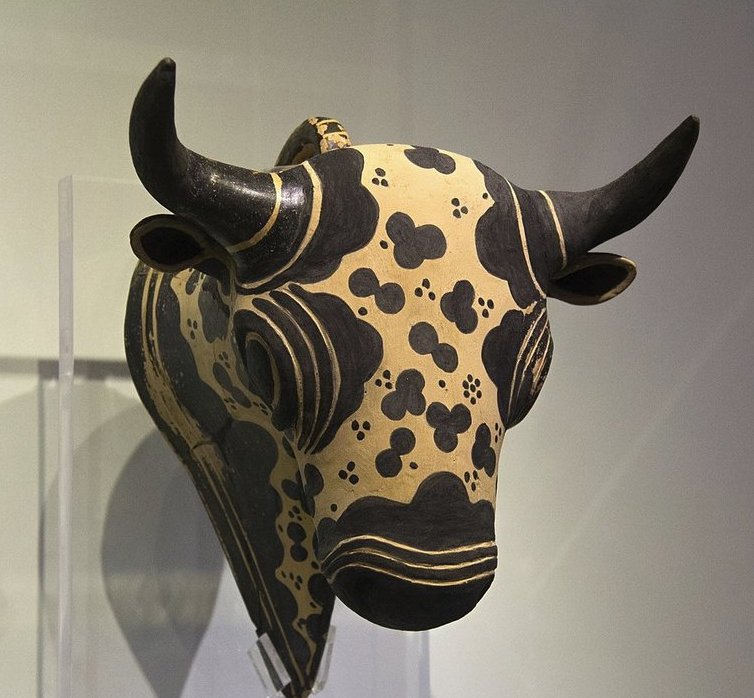

















.jpg)











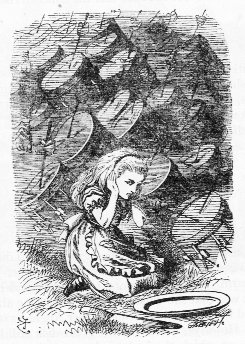



.jpg)







